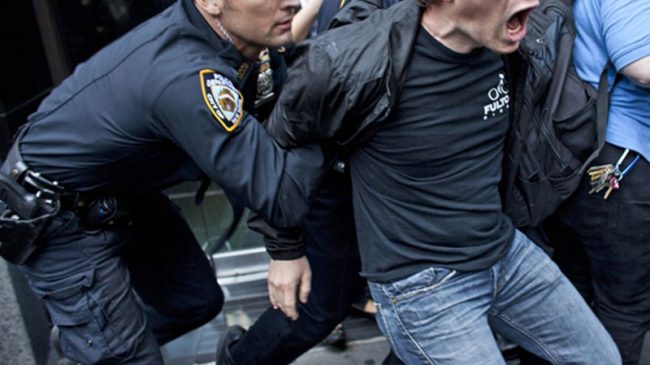Four years ago in July, Kelly Thomas, a schizophrenic homeless man, died days after being beaten and tased by two Fullerton police officers. They were tried and acquitted of any criminal wrongdoing.
Last year, Los Angeles police shot and killed a man on a bus who was attempting to cut himself. Last December, Lodi police shot and killed Parminder Singh Shergill, a Gulf War veteran who suffered from schizophrenia and post-traumatic stress disorder, when he supposedly threatened officers with a knife. In that case, Shergill’s mother called police and explained he was off his medications and needed treatment in a psychiatric clinic.
These examples are part of a broader problem of how police interact with mentally ill individuals. According to a report published by the Treatment Advocacy Center and the National Sheriffs’ Association, more than half of suspects shot and killed by police are mentally ill. A new analysis by the Washington Post finds police across the country have killed 92 mentally ill individuals so far this year.
There is no statistic on the number of mentally ill citizens killed each year by police in California. However, an increasing number of people with mental health issues are coming into contact with police and the criminal justice system. In San Diego, for example, calls to police involving individuals with mental health issues doubled from 2009-11. Statewide, 15 percent of calls made to police involve someone with a mental health issue, either diagnosed or suspected.
“The police issue of interacting with the mentally ill in crisis deserves more attention than it has now,” says Pat Dwyer, a retired Palo Alto police chief. Part of the problem lies in the fact that many police officers receive limited training on how to interact with mentally ill individuals. California requires that only six out of 664 hours of police academy basic training be dedicated to instructional training related to individuals with all disabilities: mental, developmental and physical. Upon graduating from the police academy, officers are not required to receive any additional training in this area under California law.
Fortunately, some departments, including the Los Angeles Police Department, have already begun to implement guidelines for dealing with the mentally ill. LAPD has a specialized mental evaluation unit that has been praised as a model for the nation because of its success calming encounters with people suffering from a mental health crisis and its shifting of hundreds of mentally ill people to treatment centers instead of jails.
Earlier this year, sheriff’s deputies in the Bay Area had the opportunity to enroll in specialized crisis intervention programming.
Since the death of Kelly Thomas, the Fullerton Police Department has implemented a number of reforms to the way it interacts with homeless and mentally ill individuals, such as developing a partnership with the Orange County Department of Mental Health, requiring mental health clinicians to regularly ride with police officers to reach out to the homeless, and for officers to undergo mental health training.
However, more needs to be done. Police departments in Orange County and statewide should expand the types of mandatory training available so officers can learn how to defuse potentially dangerous or violent situations with mentally ill individuals without using lethal force. The county and state should require officers to receive this training every few years to help save the lives of both officers and citizens.
Lauren Galik is director of criminal justice reform at Reason Foundation. This article originally appeared in the Orange County Register.

